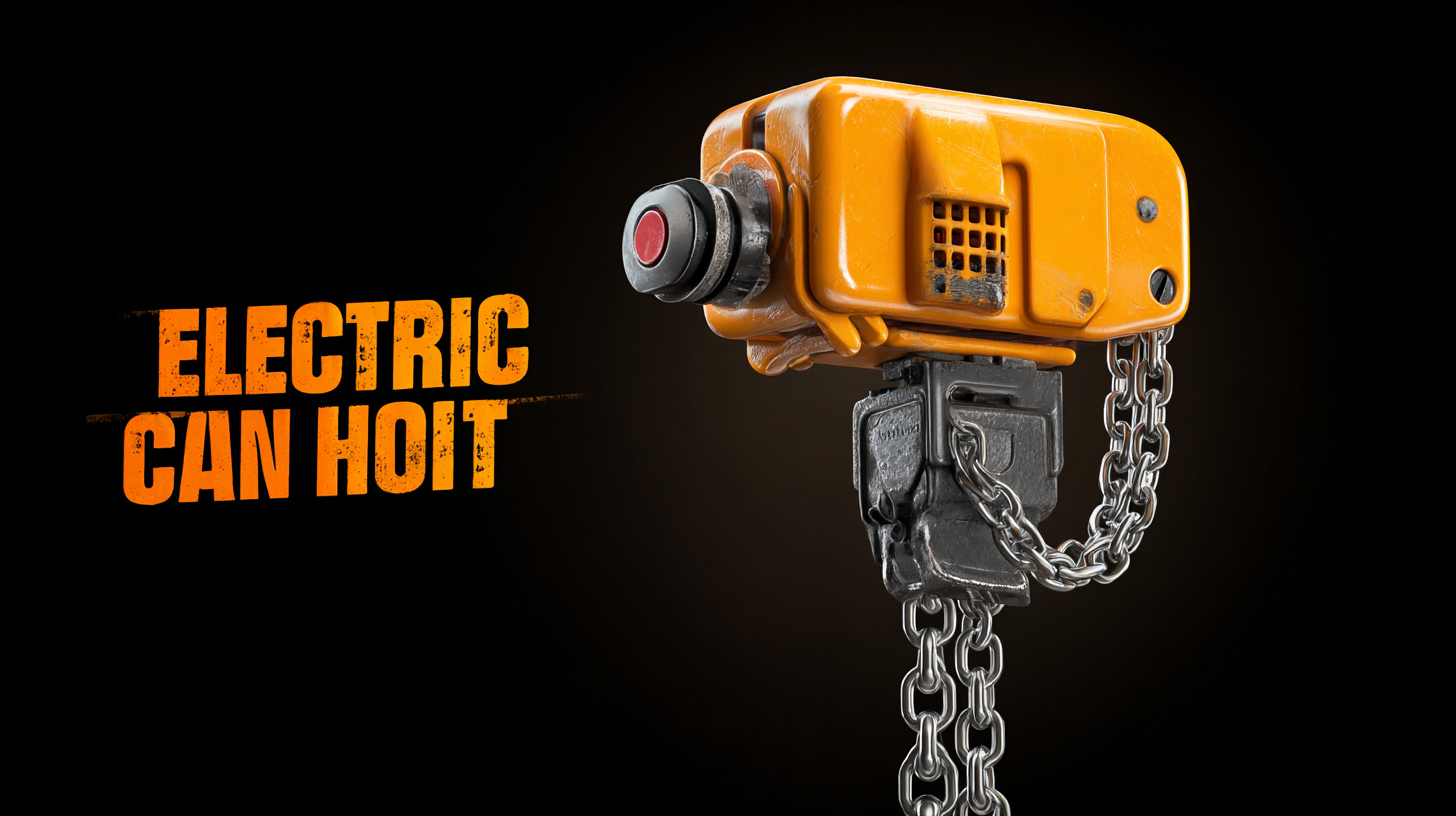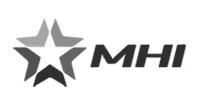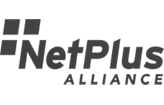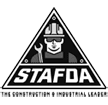
Ultimate Guide to Choosing the Best Electric Chain Hoist for Your Needs
In the fast-evolving world of industrial lifting solutions, the Electric Chain Hoist has emerged as a vital tool for numerous applications across various sectors. According to a recent Global Market Insights report, the electric hoist market is anticipated to surpass USD 4 billion by 2026, driven by increasing demand in logistics, construction, and manufacturing industries. As businesses look to enhance efficiency and safety in their operations, selecting the right Electric Chain Hoist becomes paramount. This decision not only impacts productivity but also influences compliance with industry standards and operational costs.

In this ultimate guide, we delve into the key factors to consider when choosing the best Electric Chain Hoist for your specific needs, ensuring that you harness the benefits of reliable and innovative lifting technology manufactured in China, where quality is trusted globally.
Factors Influencing the Import and Export Certification of Electric Chain Hoists
When considering the import and export certification of electric chain hoists, various factors come into play. Firstly, compliance with international safety standards is paramount. Many countries require electric chain hoists to meet guidelines set by organizations such as the International Organization for Standardization (ISO) or the American National Standards Institute (ANSI). Manufacturers must conduct thorough testing to ensure their products are safe for use and can withstand the rigors of operation in various environments.
Secondly, regional regulations can significantly influence the certification process. Different countries may have specific requirements regarding materials, design, and performance testing. Importers and exporters must navigate these regulations to avoid delays and ensure swift market entry. Engaging with local authorities and industry experts can provide valuable insight into these requirements, streamlining the certification process and enhancing market access for electric chain hoist manufacturers. Additionally, keeping abreast of changes in regulations can help companies maintain certification and competitiveness in the global market.
Ultimate Guide to Choosing the Best Electric Chain Hoist for Your Needs - Factors Influencing the Import and Export Certification of Electric Chain Hoists
| Feature | Importance | Impact on Certification | Recommended Standards |
|---|---|---|---|
| Load Capacity | High | Critical for safety compliance | ISO 9001 |
| Power Source | Medium | Affects energy efficiency regulations | CE Marking |
| Speed | Medium | Influences operational safety | ASME B30.16 |
| Control Method | High | Directly related to usability and safety | IEC 60204-32 |
| Durability | High | Essential for long-term operational safety | ISO 14001 |
| Safety Features | Very High | Mandatory for compliance | EN 14492-2 |
Key Global Standards for Electric Chain Hoist Certification and Compliance
When choosing an electric chain hoist, understanding key global standards for certification and compliance is crucial. These standards ensure the safety, efficiency, and reliability of hoists used in various industries. For instance, the American Society of Mechanical Engineers (ASME) sets rigorous guidelines, including ASME B30.16, which focuses on the design and maintenance of hoists, ensuring they meet the industry's safety requirements. Furthermore, the International Organization for Standardization (ISO) has established ISO 4357, specifically targeted at electric chain hoists, which emphasizes both performance and safety criteria across different operational environments.
According to a recent report by Research and Markets, the global electric hoist market is projected to grow at a Compound Annual Growth Rate (CAGR) of 4.2% from 2021 to 2026, driven by the increasing demand for automation in heavy lifting tasks. This growth underscores the importance of compliant equipment, as industries are more reliant on equipment that not only performs well but also adheres to safety standards. Compliance with these certifications not only protects workers but also enhances operational efficiency, ultimately proving critical for businesses aiming to maintain a competitive edge in the market.

Market Trends: Growth of Electric Chain Hoist Imports and Exports in Recent Years
The electric chain hoist market has witnessed significant growth in imports and exports over recent years, driven by increasing industrial automation and a surge in construction activities worldwide. According to a report by Mordor Intelligence, the electric chain hoist market is projected to grow at a CAGR of approximately 6.5% between 2021 and 2026. This trend highlights the rising demand for efficient lifting solutions across various sectors, including manufacturing, logistics, and construction.
Regions such as Asia-Pacific have emerged as key players in the electric chain hoist trade. The International Trade Centre reported that electric chain hoist exports from China alone exceeded $250 million in 2022, underscoring its dominance in the global market. Additionally, the growth in infrastructure projects and the increasing popularity of e-commerce logistical operations have fueled the need for advanced material handling equipment, significantly impacting import volumes in North America and Europe. As businesses continue to invest in technology to enhance productivity and safety, the demand for high-quality electric chain hoists is expected to rise, further shaping the dynamics of international trade in this sector.

Evaluating the Impact of Certification on Hoist Performance and Safety Standards
When selecting an electric chain hoist, one crucial aspect to consider is the certification of the equipment. Certification from recognized standards organizations, such as ANSI, ASME, and ISO, plays a significant role in ensuring the hoist meets rigorous performance and safety standards. According to a report by the Occupational Safety and Health Administration (OSHA), certified hoists are less likely to fail under load conditions, reducing the risk of workplace accidents. Ensuring the hoist is certified not only reflects its reliability but also compliance with legal safety requirements.
**Tip:** Always verify the certification markings on the hoist before purchase. Look for labels that specify adherence to established safety standards, as these certifications are indicators of quality and safety assurance.
Additionally, the impact of certification extends beyond the initial purchase. A study emphasized that properly certified hoists exhibit less degradation over time, with a 30% reduction in maintenance costs reported by companies that invested in certified equipment. This is crucial for businesses aiming to optimize operational efficiency without compromising worker safety.
**Tip:** Regularly review your hoist certification to ensure compliance, and engage a qualified technician for periodic inspections to maintain optimal performance and safety.
Navigating the Regulatory Landscape for Electric Chain Hoists in Different Markets
When considering the purchase of an electric chain hoist, understanding the regulatory landscape in your market is crucial. Different regions have varying safety standards and operational guidelines that must be adhered to in order to ensure compliance. In the United States, for instance, OSHA regulations dictate specific load limits and maintenance protocols, while the EU has its own set of directives that focus on product safety and environmental impact. Familiarizing yourself with these regulations beforehand can save you time and potential legal issues down the line.
To navigate these regulations effectively, here are a few tips. First, research local codes and industry standards applicable to electric chain hoists in your area. This might include reaching out to local compliance officers or industry associations. Second, consider consulting with suppliers who understand these regulatory requirements and can guide you in selecting equipment that meets them. Finally, always ensure that the hoist you purchase comes with the necessary certifications, which would assure you of its safety and reliability in your specific work environment.
Electric Chain Hoist Market Distribution by Application
Copyright ©2024 Elephant Lifting Products | All rights reserved.
38381 N Robert Wilson Rd, Gonzales, LA 70737 USA
Toll Free: (888) 844-6113 | Phone: (225) 644-6113 | Fax: (225) 644-6695
Email: sale@floralift.org




